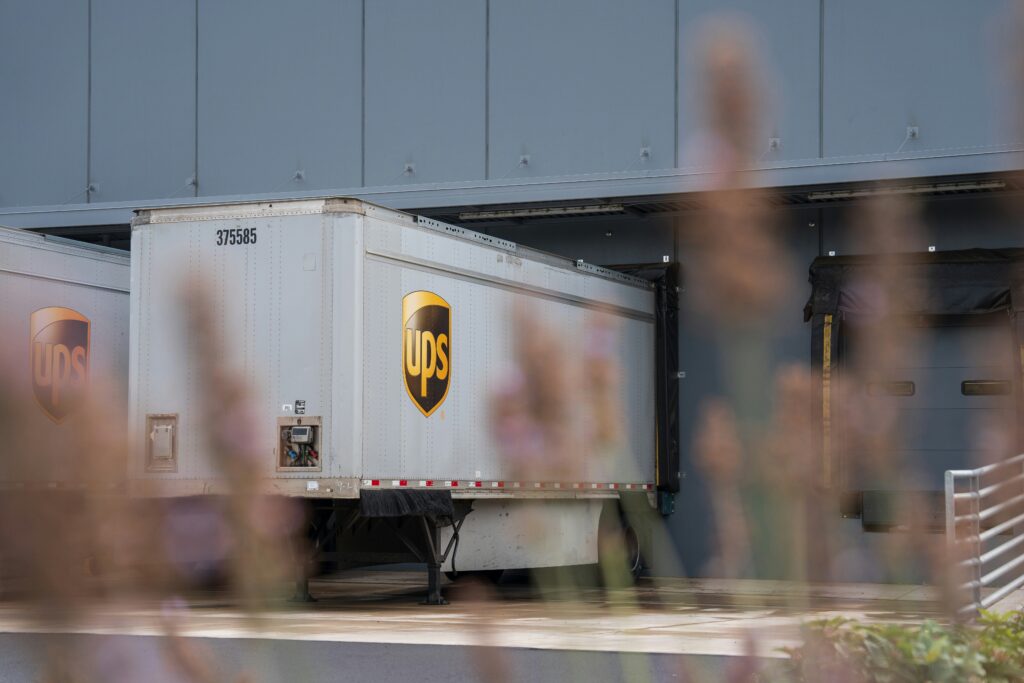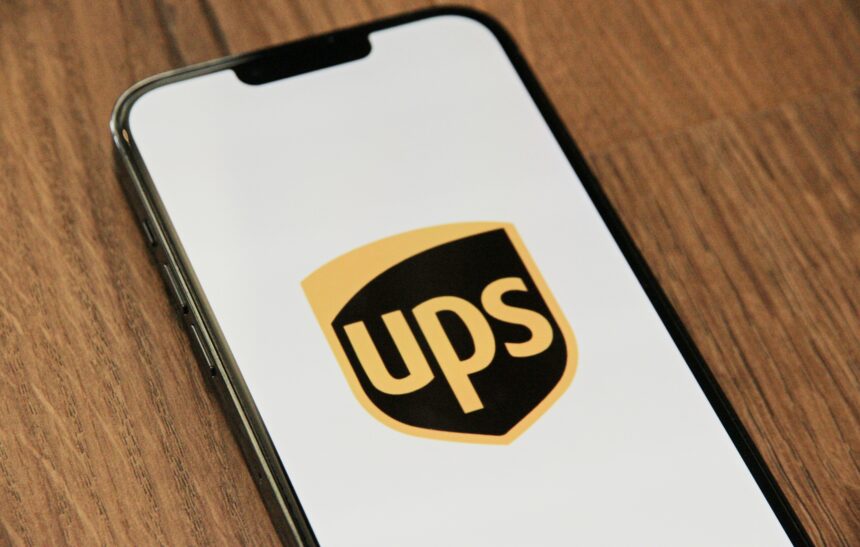United Parcel Service (UPS) delivered better-than-expected third-quarter earnings, reporting $1.76 per share on $22.25 billion in revenue, surpassing analysts’ predictions of $1.63 per share and $22.14 billion.
This marked the company’s first revenue and earnings gain in two years, sending UPS shares up more than 7% in premarket trading.
CEO Carol Tomé highlighted the company’s readiness for a strong holiday season as UPS continues to streamline operations, having reduced its workforce by over 50,000 employees over the past four years.
After a challenging 18-month period, our company returned to revenue and profit growth.. Peak season is nearly upon us, and we are ready to deliver another successful holiday season and continue the progress we demonstrated in the third quarter.”
UPS CEO, Carol Tomé
UPS’ Q3 earnings per share increased 12% compared to the previous year, driven by strong growth in its U.S. domestic business.
Operating profit for the quarter surged by 47.8% to $2.0 billion, reflecting the company’s successful cost-cutting measures.
Revenue saw a modest 0.5% increase, rising to $22.25 billion. The U.S. domestic business was the main contributor, with a 31.7% increase in adjusted operating profit and a 5.8% rise in revenue to $14.45 billion.
The international segment also performed well, operating profit up 17.3% and revenue increasing by 3.3% to $4.41 billion.
CHECK THIS OUT: Tesla Tops Profit Forecast, Musk Eyes Major 2024 Growth

UPS’ Q3 Profit Spike Sets Stage for Competitive Holiday Season Amid Rising FedEx and Amazon Pressure
The company’s Q3 results are significant as they represent a return to growth after 18 months of challenges due to macroeconomic headwinds and a slowdown in the global supply chain.
The company’s ability to streamline its operations, cutting its workforce and divesting non-core businesses like Coyote Logistics, allowed UPS to achieve a 47.8% boost in operating profit.
This development is crucial for the freight and logistics industry, which has been under pressure due to fluctuating demand and rising competition from both FedEx and smaller regional carriers.
UPS’ revenue growth in its U.S. business, driven by a 6.5% increase in average daily volume, reflects broader market trends in e-commerce and consumer demand for fast delivery services.
With the peak holiday season approaching, the company’s ability to handle increased shipping volumes will be critical, especially as it faces growing competition from Amazon’s expanding logistics network.
Investors should also watch how UPS adapts to emerging market challenges such as increased automation, the push for sustainability, and changes in regulatory environments, particularly in the U.S. and Europe.
Macroeconomic Challenges Force UPS to Cut Revenue, But Holiday Growth Still Expected
Despite the positive Q3 results, UPS lowered its full-year revenue guidance from $93 billion to $91.1 billion, citing the sale of Coyote Logistics and ongoing macroeconomic challenges.
However, with a strong holiday season expected, UPS anticipates further growth, particularly in its core U.S. domestic business. Investors should monitor UPS’ ability to capitalize on rising e-commerce demand while navigating competitive pressures and adjusting to a post-COVID supply chain environment.
UPS’ third-quarter earnings report signals a return to growth after a challenging period, with strong domestic performance and streamlined operations driving profitability.
Despite trimming its full-year revenue outlook, UPS is well-positioned for a successful holiday season, and investors will be closely watching how the company navigates increased competition and macroeconomic pressures in 2024.
With CEO Carol Tomé’s leadership, UPS is executing a strategy that could secure long-term stability and growth in the evolving logistics landscape.
Read also: U.S. Deficit Swells to $1.8 Trillion Amid Rising Debt Costs and P&G Faces Sales Drop as U.S. Shoppers Shift to Cheaper Brands.












